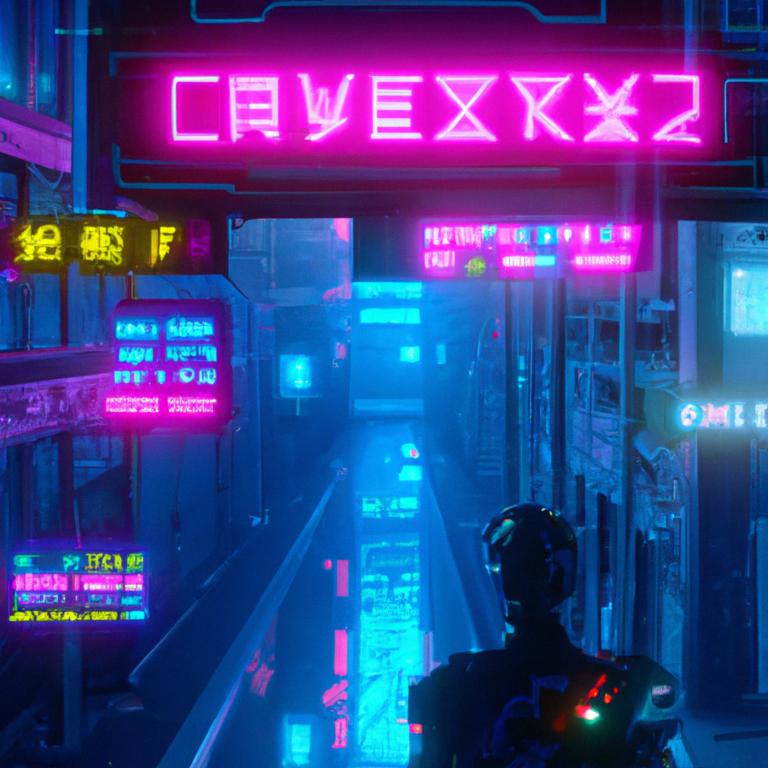“Unlocking Success: Exploring the Impact of Microtransactions and Monetization Strategies in Game Development”
Microtransactions and monetization strategies have increasingly become a crucial aspect of game development in recent years. As the gaming industry grows and evolves, developers are continuously seeking new ways to maximize revenue and ensure the sustainability of their games. Microtransactions, in particular, have garnered both accolades and criticisms for their role in shaping the modern gaming landscape.
Microtransactions are in-game purchases that allow players to buy virtual goods, currency or services for a small fee using real money. They can include purely cosmetic items, such as character skins or weapon skins, or functional items, such as additional lives or power-ups. Some games also offer season passes or battle passes, which grant players access to future content (such as new maps, characters, or storylines) for a one-time fee.
The rise of microtransactions can be attributed to several trends in the gaming industry. With the advent of digital distribution platforms such as Steam, App Store, and Google Play, it has become easier for developers to reach a wider audience. This has led to an increasingly competitive market, as developers vie for the attention of players. Consequently, many developers have opted for a “freemium” approach, where the base game is free to play, and revenue is generated through microtransactions.
One of the main benefits of microtransactions is the flexibility they offer for game developers and players alike. Developers can offer a variety of monetization options, from cosmetic items that have no direct impact on gameplay, to “loot boxes” that offer randomized items or rewards, allowing players to choose the level of investment that best suits their needs and preferences. For players who are unwilling or unable to spend money on a game, this means that they can still access the core gameplay experience, while those who choose to invest will receive additional content or benefits.
Another advantage of microtransactions is that they can provide a consistent revenue stream for developers. In the traditional model of purchasing a game upfront, developers receive a single payment from each customer. With microtransactions, developers can potentially generate revenue from a player over an extended period, as they continue to engage with the game and make additional purchases. This not only helps to fund ongoing game development and updates but can also contribute to the long-term success of a game.
On the other hand, microtransactions have been criticized for their potential to create a “pay-to-win” environment, where players with more money to spend can gain an unfair advantage over those who do not. This can lead to a less satisfying gaming experience for some players, as they may feel that their time and effort in progressing through the game are devalued.
Additionally, concerns have been raised about the ethical implications of some monetization strategies, particularly those that rely on random chance, such as loot boxes. Critics argue that these mechanics can lead to addictive behavior and may be particularly harmful to vulnerable individuals, such as children or those with a predisposition to gambling addiction.
In conclusion, microtransactions and monetization strategies play a significant role in the game development process, offering both benefits and challenges. As the industry continues to evolve, it will be important for developers to strike a balance between generating revenue and maintaining a fair and enjoyable gaming experience for all players. This will likely involve ongoing experimentation with different business models and monetization strategies, as well as engaging with the gaming community to understand and address concerns about the impact of these practices on the overall gaming experience.







